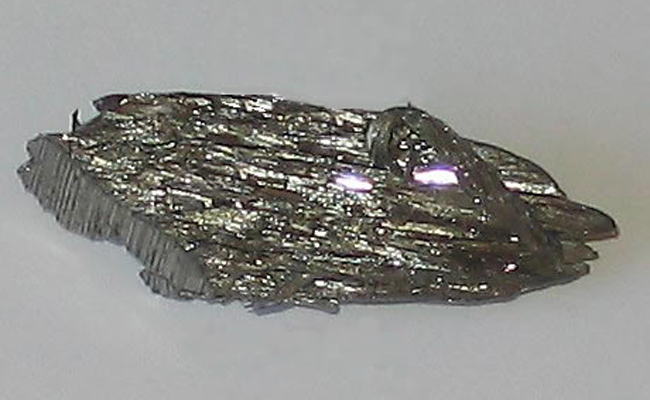|
Nickel

Nickel is the metal that is most extensively used in forming receiving-tube electrodes. It is easily drawn and formed. It stretches easily and does not exhibit any sharp break at its yield point. Its hardness and strength at high temperatures are good. It has thirteen times the mechanical damping factor of iron and molybdenum. It spot-welds well to almost all metals. Its expansion coefficient is nearly constant with temperature, and its thermal and electrical conductivity are good.
When polished, nickel has an emissivity which ranges from 5 to 20 per cent of that of a black body, i.e. it makes a good reflector. When carbon-coated, the thermal emissivity ranges from 80 to 94 per cent of that of a black body, i.e. it makes a good radiator.
Anodes formed of nickel are usually carbon-coated to increase their radiation. Vapour pressure is low at all but very high temperatures, 10-6 mm of mercury at a red heat. The work function of nickel is high, 5 volts, but commercial nickel may have appreciable thermionic emission due to barium contamination. Alloying about 4.5 per cent manganese reduces both primary and secondary emission. Others of the desirable properties are likewise present. As a result, nickel is an ideal metal for tube construction in all applications except those where a high temperature is involved.
|